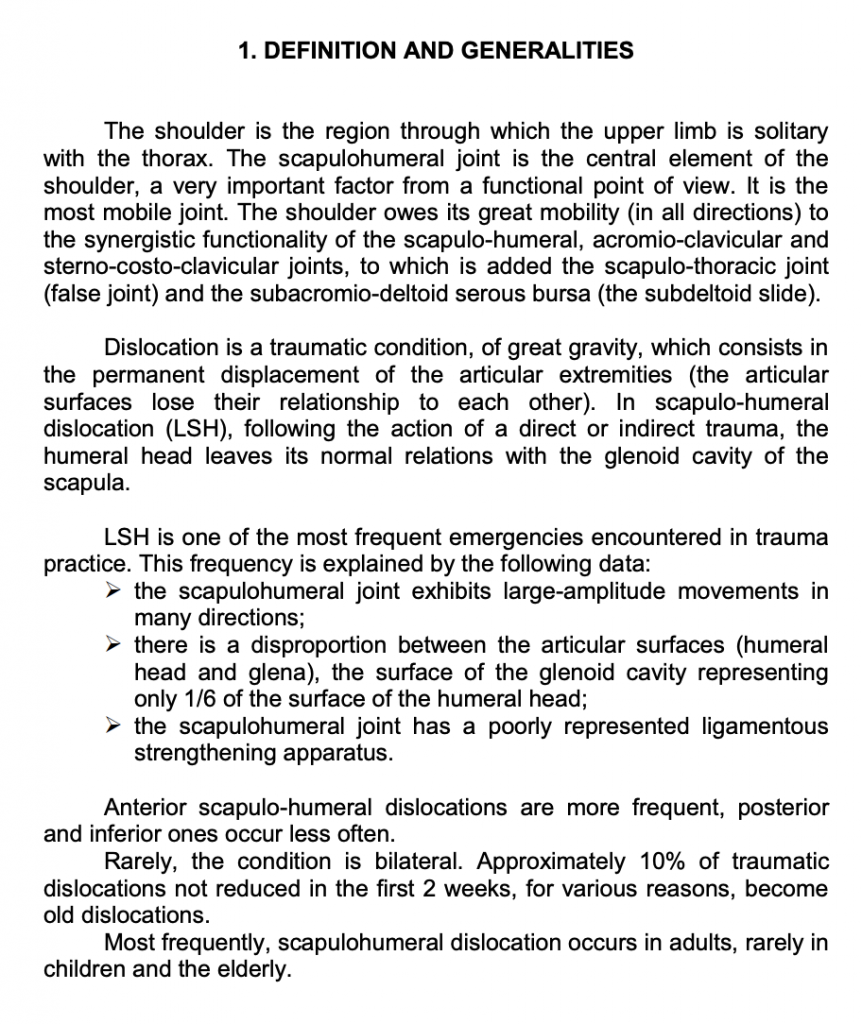BFT Methods for Congenital Hip Dislocation
Summary:
The PDF titled “Balneophysiotherapeutic Recovery Methods in Congenital Hip Dislocation” is a comprehensive medical guide focusing on the diagnosis, treatment, and prognosis of congenital hip dislocation. The document is structured into various sections, covering topics such as the definition of the disease, etiopathogeny, pathological anatomy, symptomatology, and treatment options. It delves into the anatomical and physiological aspects of the shoulder joint, emphasizing the importance of accurate diagnosis through clinical and radiological examinations. The paper also discusses the various types of dislocations and their respective symptoms, such as pain, functional impotence, and region deformation.
The treatment section outlines different methods for dislocation reduction, both orthopedic and surgical, and emphasizes the importance of immediate treatment to prevent complications. It also discusses the role of Balneophysiotherapeutic (BFT) treatments in recovery, including massage, physical therapy, thermotherapy, and hydrotherapy. These treatments aim to restore muscle balance, alleviate pain, and improve joint mobility. The document concludes by discussing the prognosis, which varies depending on the dislocation’s severity, the treatment’s effectiveness, and the presence of other complications like vascular or nerve damage. Overall, the paper serves as a detailed guide for healthcare professionals dealing with congenital hip dislocation, offering a multi-faceted approach to diagnosis and treatment.
Excerpt:
BFT Methods for Congenital Hip Dislocation
1. DEFINITION AND GENERALITIES
The shoulder is the region through which the upper limb is solitary with the thorax. The scapulohumeral joint is the central element of the shoulder, a very important factor from a functional point of view. It is the most mobile joint. The shoulder owes its great mobility (in all directions) to the synergistic functionality of the scapulo-humeral, acromio-clavicular and sterno-costo-clavicular joints, to which is added the scapulo-thoracic joint (false joint) and the subacromio-deltoid serous bursa (the subdeltoid slide).
Dislocation is a traumatic condition, of great gravity, which consists of the permanent displacement of the articular extremities (the articular surfaces lose their relationship to each other). In scapulohumeral dislocation (LSH), following direct or indirect trauma, the humeral head leaves its normal relations with the glenoid cavity of the scapula.


Reviews